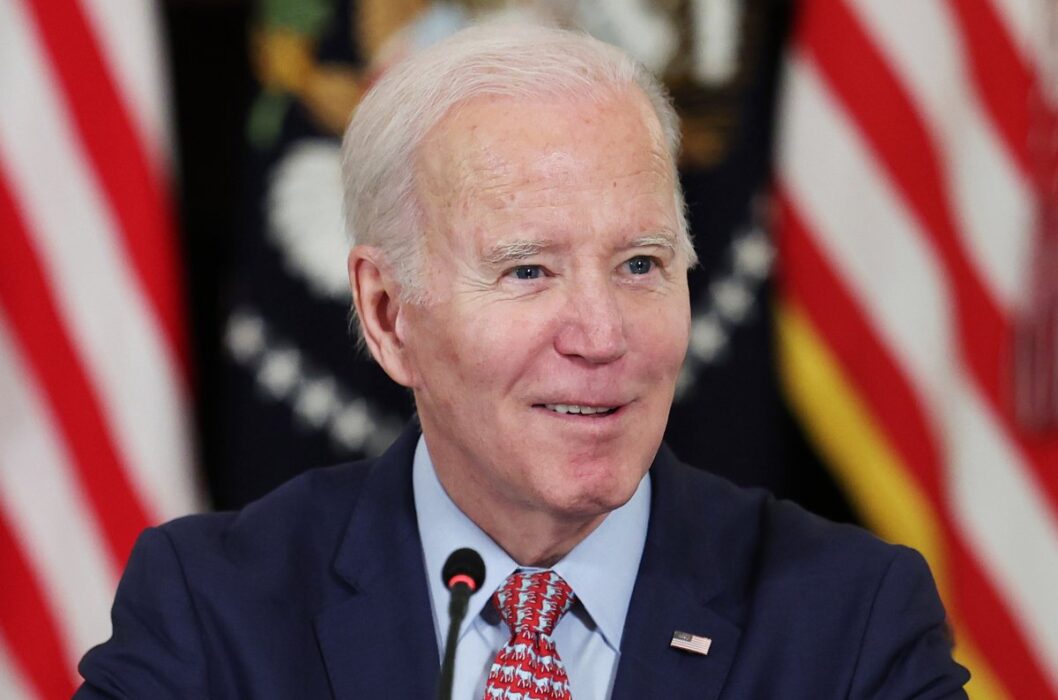The Biden administration’s latest effort to address rising gas prices involves releasing 1 million barrels of gasoline from a Northeast reserve, but its impact remains uncertain.
Release of Gasoline from Northeast Reserve
On Tuesday, the administration announced the release of 1 million barrels of gasoline from a reserve established after Superstorm Sandy. This reserve will be depleted in 100,000-barrel increments through a competitive bidding process. This decision follows a Congress-mandated sale and closure of the reserve included in a spending deal passed in March.
Potential Relief for Consumers
The Energy Department asserts that this release aims to provide relief for American families during the summer driving season. However, with average gasoline prices at $3.60 per gallon nationwide, up 6 cents from last year according to AAA, the relief may seem minimal. The move appears to be an attempt by the Biden administration to control inflation, which could have political implications during an election year.
Administration’s Focus on Lowering Gas Prices
Energy Secretary Jennifer Granholm emphasized the administration’s focus on lowering gas prices. The timing of releasing reserves between Memorial Day and July 4th raises questions about whether this is aimed at ensuring sufficient supply or is a political maneuver. White House Press Secretary Karine Jean-Pierre highlighted this as part of Biden’s broader efforts to lower energy costs, citing previous actions such as the release of the Strategic Petroleum Reserve and investments in clean energy.
Massive, illegal, unfair wealth transfers, punishing the 80%+ of Americans who didn’t go to college / didn’t accrue debt / paid off their loans: https://t.co/wxWH7hj41m
— Guy Benson (@guypbenson) May 22, 2024
Previous Strategic Petroleum Reserve Decision
Biden’s earlier decision to utilize the Strategic Petroleum Reserve following Russia’s invasion of Ukraine faced significant criticism. While it was claimed to help stabilize gas prices, it was seen by some as short-term thinking. The administration is now refilling the reserve, which currently costs $19 million annually to maintain and holds over 367 million barrels of crude oil.
Republican Opposition and Effectiveness Concerns
The Republican party has consistently argued against the Northeast reserve, suggesting that any stockpile should be created by Congress. A 2022 Government Accountability Office report indicated that the reserve would offer minimal relief during a severe gasoline shortage. Analysts like Patrick De Haan of GasBuddy question its effectiveness, noting it only covers 2.7 hours of total U.S. gasoline consumption and requires frequent rotation due to limited shelf life.
reckless & transparency political, like so many of his team’s actions https://t.co/Si3ZdKMvb8
— Guy Benson (@guypbenson) May 22, 2024
Long-Term Strategy vs. Immediate Relief
De Haan also pointed out that the reserve does not contain sufficient quantities for a real emergency, reinforcing Republican calls for a long-term strategy led by Congress. Despite these criticisms, the Biden administration continues to use it as a temporary solution for rising gas prices.
Impact on Nationwide Gas Prices
Biden has proceeded with the sale despite doubts about its effectiveness. De Haan believes this will have minimal impact on nationwide gas prices but may slightly reduce prices in the Northeast region. The Energy Department insists that the reserve must be transferred or delivered by June 30th to allow retailers to sell gasoline at more competitive prices before July 4th. Nevertheless, given its limited capacity relative to U.S. consumption, this move appears more focused on optics than providing substantial relief.
Source: Red Right Daily

